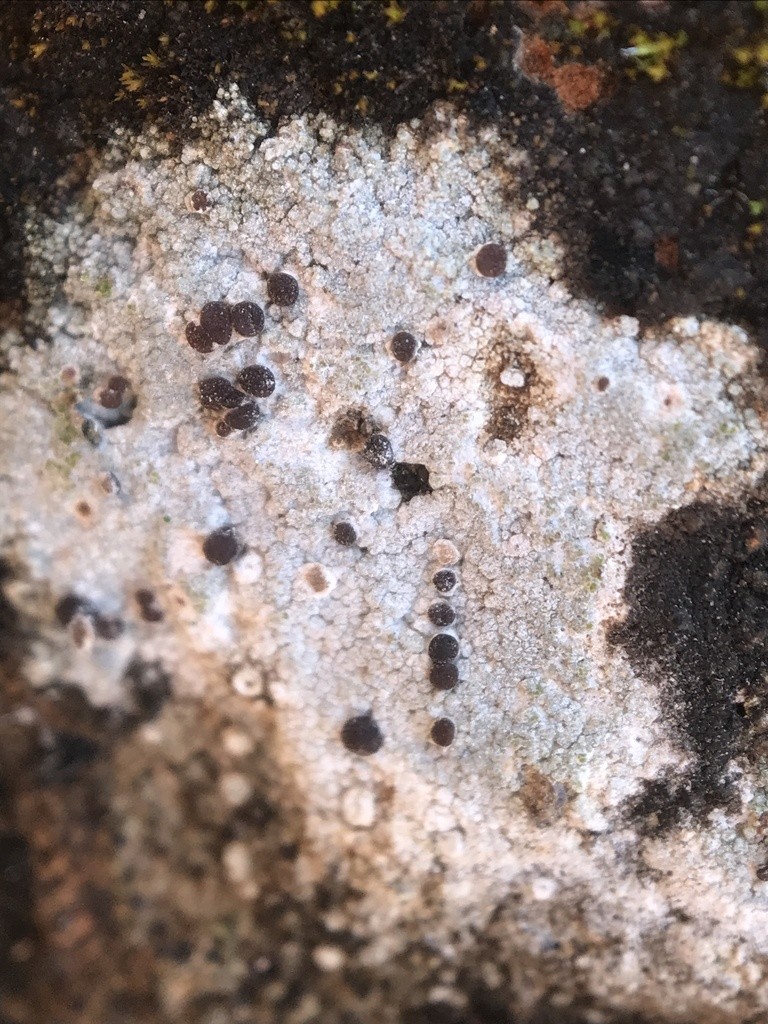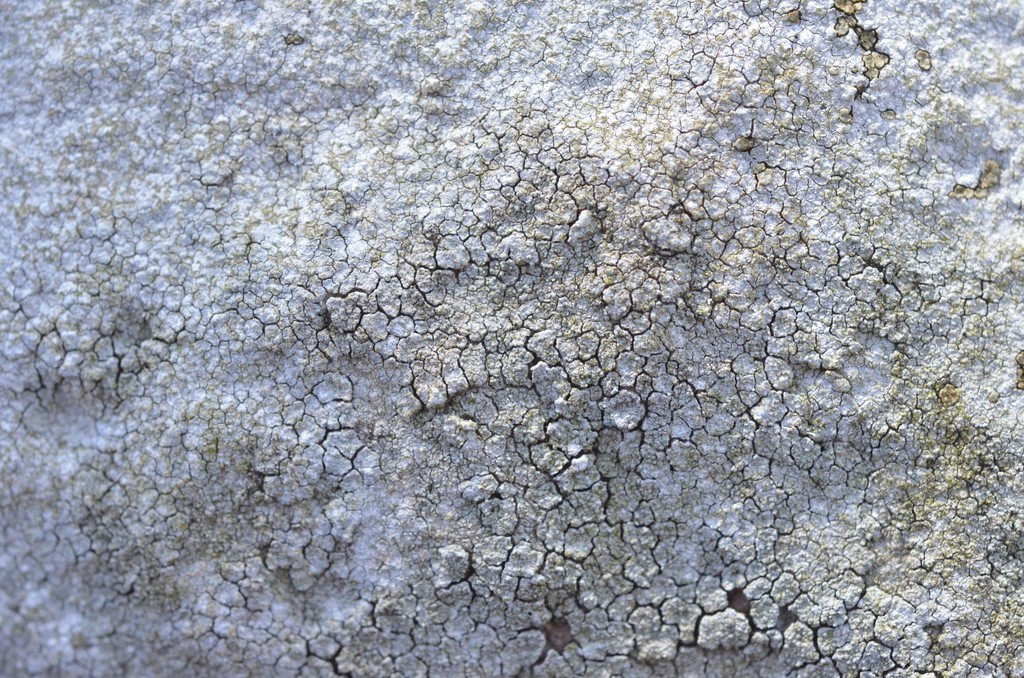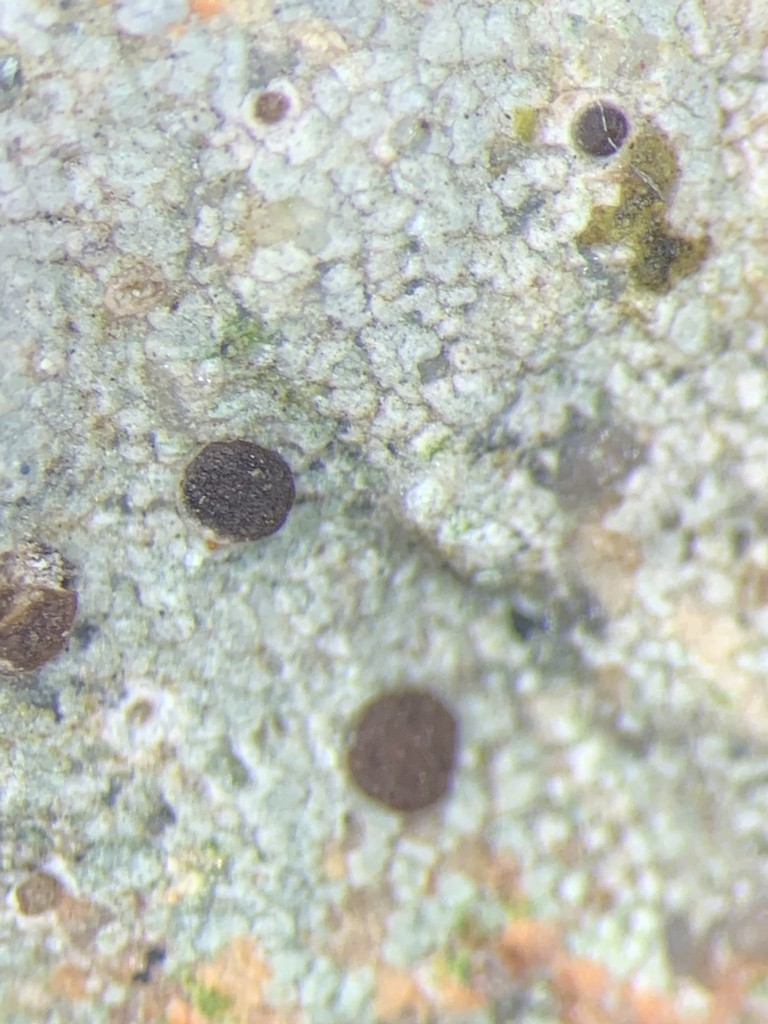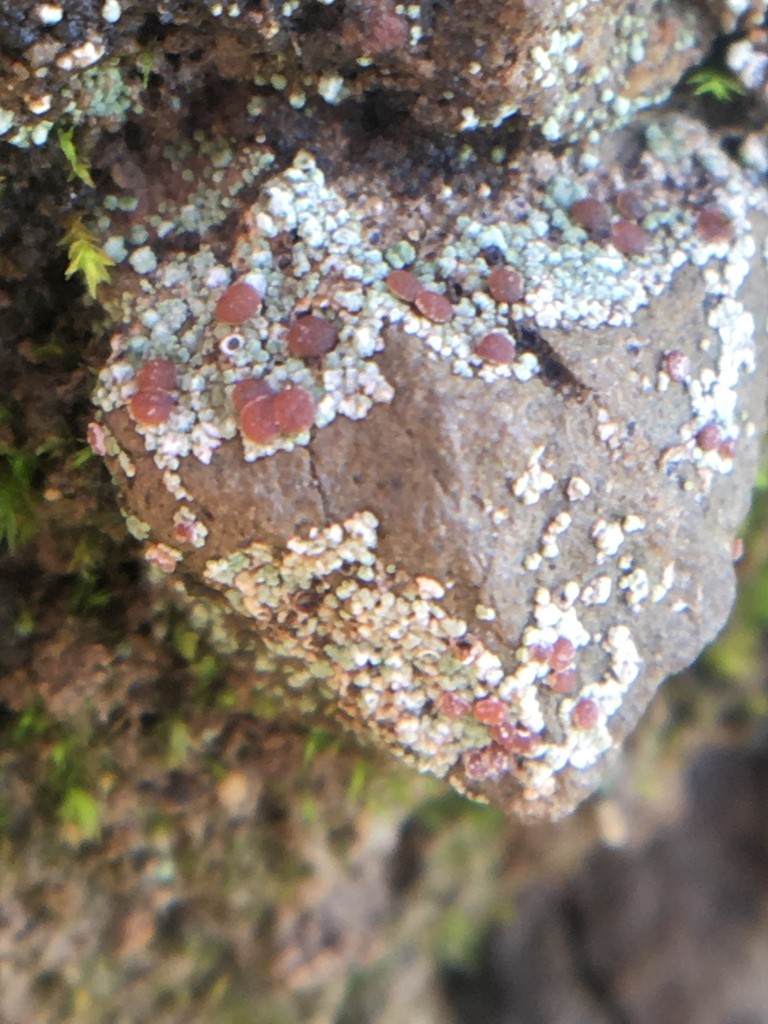Disk lichen
Scientific name: Trapelia
Disk lichen
Scientific name: Trapelia
 Photo By Jennifer Rycenga , used under CC-BY-4.0 /Cropped and compressed from original
Photo By Jennifer Rycenga , used under CC-BY-4.0 /Cropped and compressed from original Description
Disk lichen are a type of lichen known for their distinct, crust-like appearance. They often grow on rocks and soil, forming small, disk-shaped structures. These lichens are particularly notable for their ability to thrive in harsh, nutrient-poor environments. Some species within this group produce a unique pigment that can change color when exposed to water, making them fascinating for observers. Disk lichen play a vital role in ecosystems by contributing to soil formation and providing habitats for tiny organisms.


